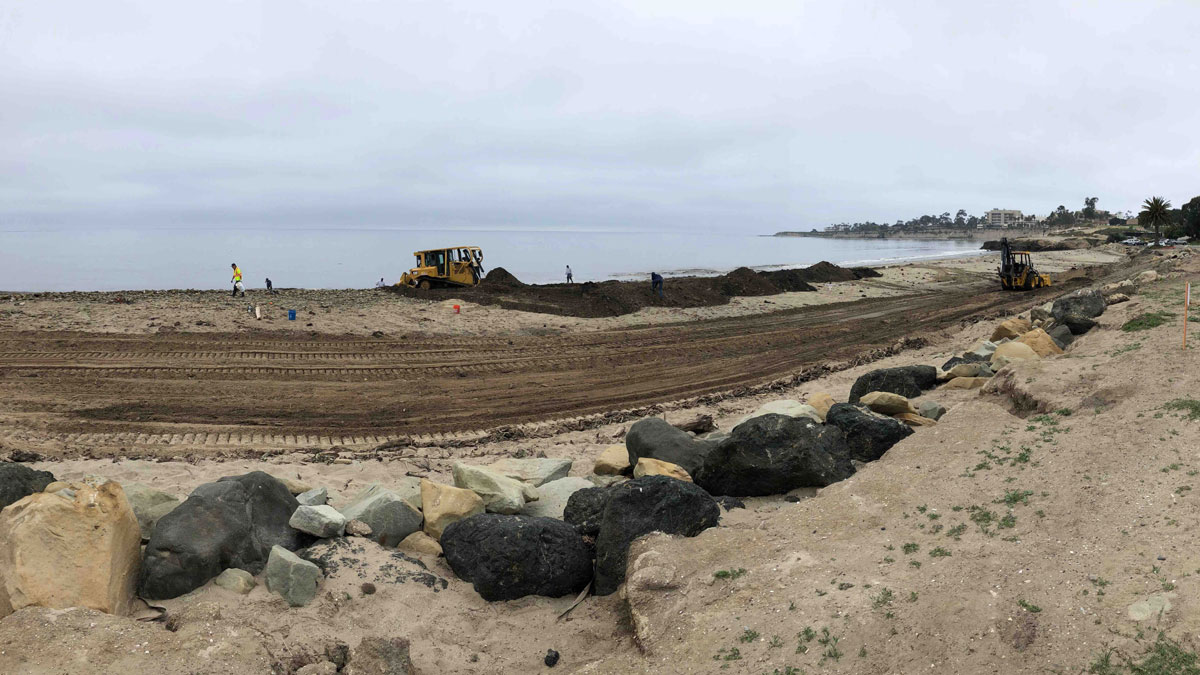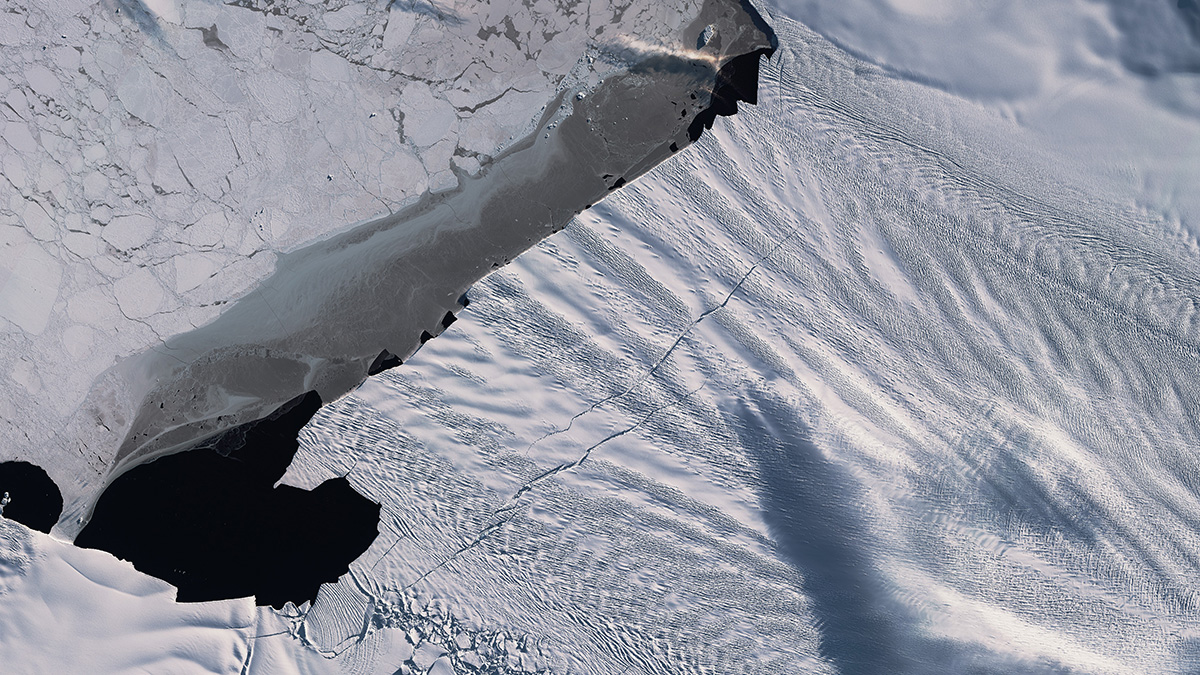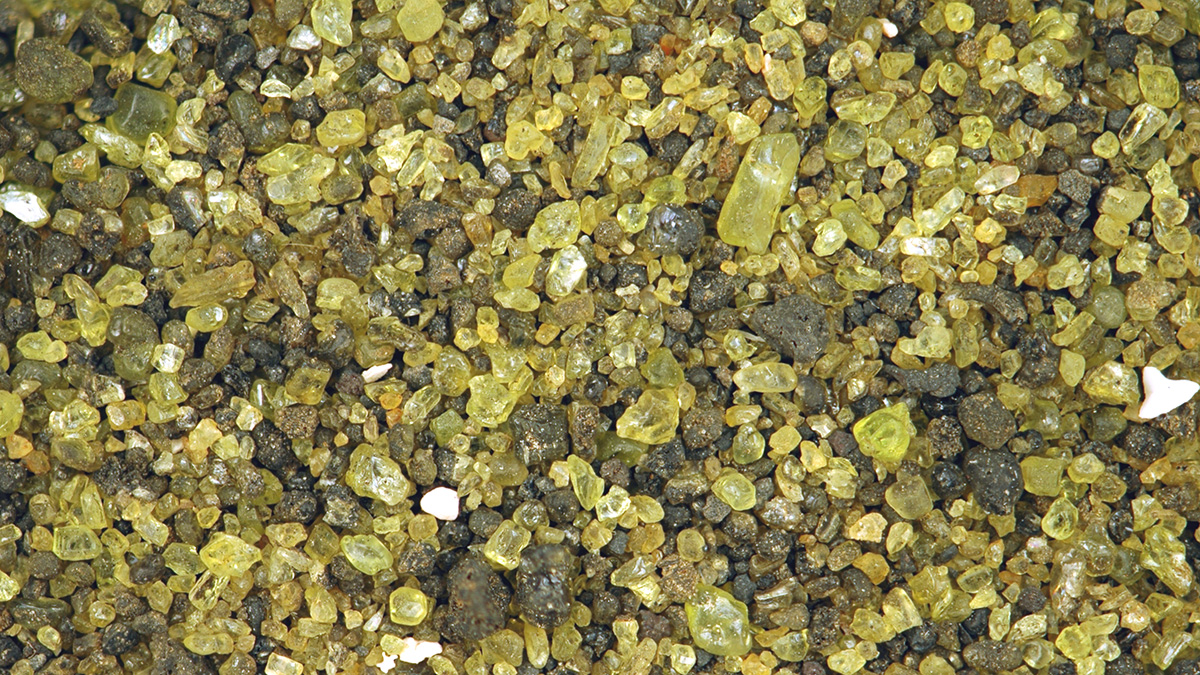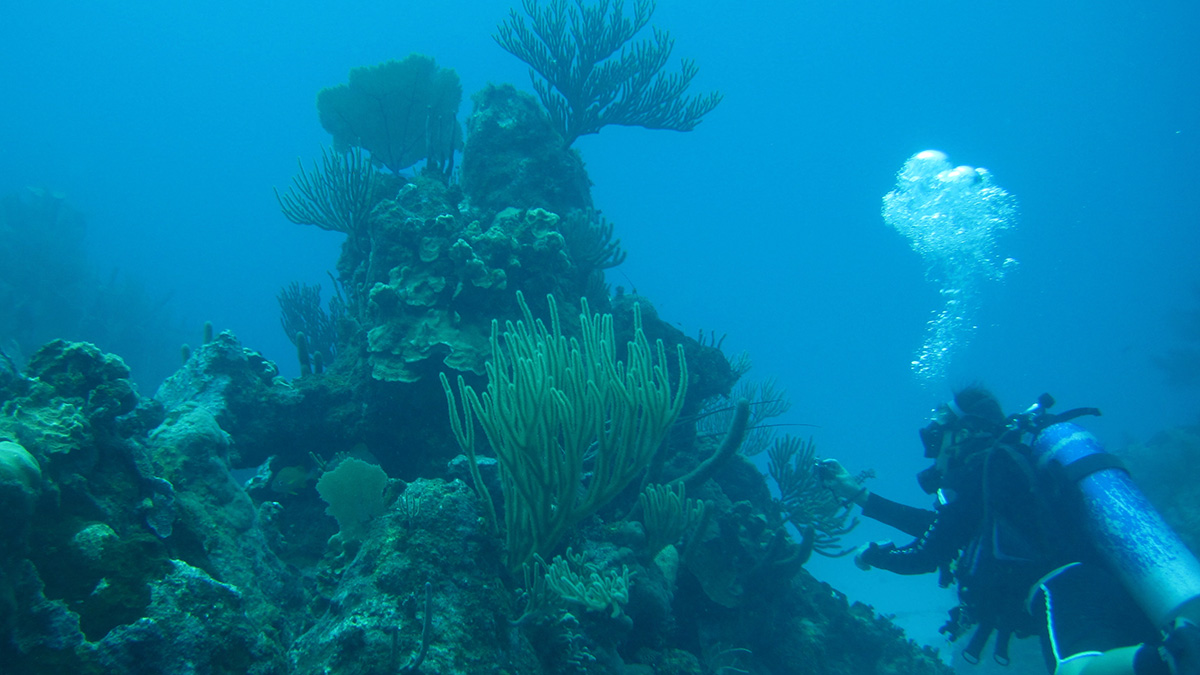California officials faced a conundrum in dealing with mudslides after the Thomas Fire.
Oceans
Two Kinds of Warm Core Rings Emanate From the Gulf Stream
A new study reveals that long-lived warm core rings found in the “Ring Corridor”, a narrow path north of the Gulf Stream, have two different formation mechanisms.
Ocean Waves Cause Drag Coefficient Asymmetry Within Typhoons
Observations show that, due to ocean waves, the drag coefficients for surface wind stresses have spatial asymmetry within typhoons, which should be considered in weather and climate simulations.
Melting Below the Pine Island Ice Shelf Minds the Gap
New research shows that increased calving from West Antarctica’s Pine Island Ice Shelf will likely drive increased circulation of warm water—and melting—below the ice.
Internet Cable Reveals the Source of Underwater Vibrations
A novel use of an existing fiber-optic cable off the coast of Spain has clued scientists in to how seismic noise is generated in the ocean.
Tracking Climate Through Ship Exhaust
International regulations have reduced aerosol pollutants released from ships. Now, researchers want to use ship tracks to better understand the ambiguous effects that cleaner air has on climate.
Can These Rocks Help Rein in Climate Change?
Spreading olivine on beaches could accelerate ocean uptake of carbon dioxide and potentially limit climate change. The concept and execution still face some scrutiny from scientists.
Seismic Sources in the Aleutian Cradle of Tsunamis
Research over the past decade in Alaska’s Aleutian Islands has offered surprising insights into the pulses of great earthquakes that generate dangerous, often long-distance tsunamis.
Unchecked Ocean Warming Threatens Many Gulf and Caribbean Corals
Gulf of Mexico and Caribbean sea surface temperatures could surpass coral bleaching thresholds in the region as soon as 2050, motivating the need for prompt mitigation, researchers say.
Variability of ENSO Forecast Skill Over the 20th Century
El Niño Southern Oscillation (ENSO) predictability is examined in a new global coupled retrospective forecast ensemble for the 20th Century.










